From the Trading Floor: Pro Secrets You Can Actually Use at Home
I’ll never forget my first time on a professional trading floor. It’s nothing like the chaotic mess you see in the movies. The real atmosphere is one of controlled, electric intensity. What surprised me most was the sound—not a bunch of people yelling, but a steady, low hum of keyboards, hushed conversations, and the constant, rhythmic click of mouse buttons. Over it all, squawk boxes broadcast a steady stream of news and market updates. The air practically crackled with focus.
In this article
I spent over a decade in that world, working my way up from a junior execution trader to managing a small desk. I’ve seen what separates a professional operation from a home setup, and honestly, it’s not just about having faster computers. It’s a mix of powerful infrastructure, ironclad discipline, and a deep, intuitive feel for how the market breathes. This isn’t some get-rich-quick fantasy; it’s about the actual craft of trading. So, let’s pull back the curtain and I’ll show you not only how a pro desk is structured, but what lessons you can realistically apply to your own trading.
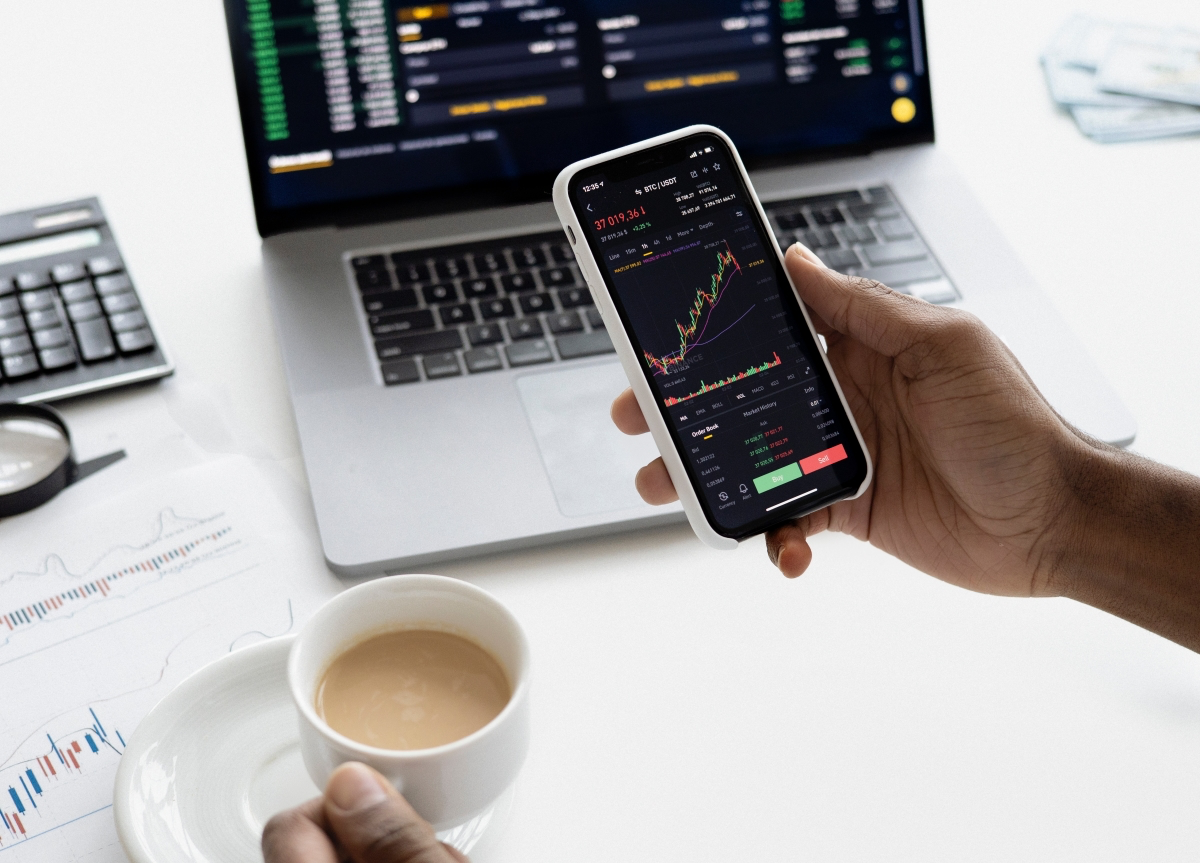
The Unfair Advantage: How Pros See the Market
Most retail traders think they have “real-time” data. But in the professional world, that’s a bit of a joke. We measure time in microseconds—that’s millionths of a second. The gap between a pro feed and a retail one can feel like an eternity, and understanding this gap is the first step to leveling the playing field in your own mind.
Beyond the Surface: Data That Matters
Your typical retail platform shows you Level 1 data: the best bid price and the best ask price. It’s a tiny snapshot of the market’s surface.
A professional desk, however, is swimming in a much deeper pool of information:
- Level 2 Data: This is the game-changer. It shows you the full order book depth. Instead of just the best price, you see all the buy and sell orders stacked up at different price levels. It’s like seeing not just the front line of an army, but all the battalions lined up behind it. Watching the Level 2 book is crucial for spotting where huge pockets of buyers or sellers are waiting, which often act as major support and resistance.
- Time & Sales (aka “The Tape”): This is a live feed of every single trade that executes, showing the price, size, and time. Learning to “read the tape” is a real skill. You start to feel the pace and aggression of the market. Are big blocks trading at the asking price? That’s aggressive buying. Are tiny lots trading back and forth with no real movement? That signals indecision.
This data comes from direct feeds from the exchanges, not a third-party service that lumps it all together. Firms pay a fortune for these dedicated lines because the information is cleaner and, most importantly, faster.
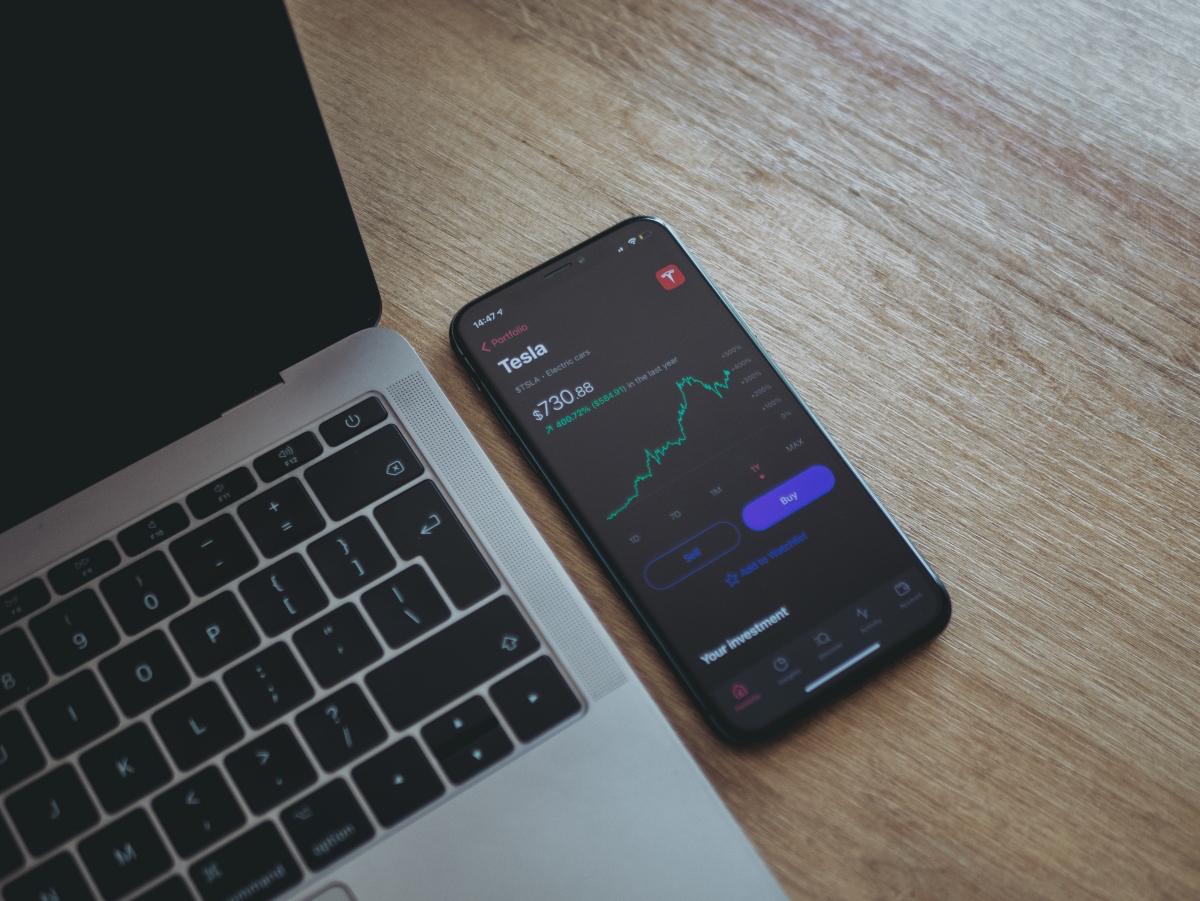
The Speed Game You Can’t Win (So Don’t Play It)
Latency—the delay between a market event and you seeing it—is a professional obsession. A retail order might bounce around the public internet for hundreds of milliseconds. A pro order travels through a dedicated fiber optic line, often from a server that’s physically located in the same data center as the exchange itself. This is called co-location, and it cuts latency down to microseconds.
Heads up! This is an advantage you simply cannot compete with. So, what’s the lesson here? Don’t even try. Forget about high-frequency trading or trying to scalp for tiny ticks from your home office. You will lose that race. Instead, focus your energy on strategies where a half-second delay is completely irrelevant, like swing trading over several days or weeks, or intraday trend-following where your holding time is minutes, not milliseconds.
The Professional’s Toolkit and Daily Grind
Having the best tools means nothing without the skill to use them. The daily life of a professional trader is built on routine, discipline, and managing risk like your job depends on it… because it does.
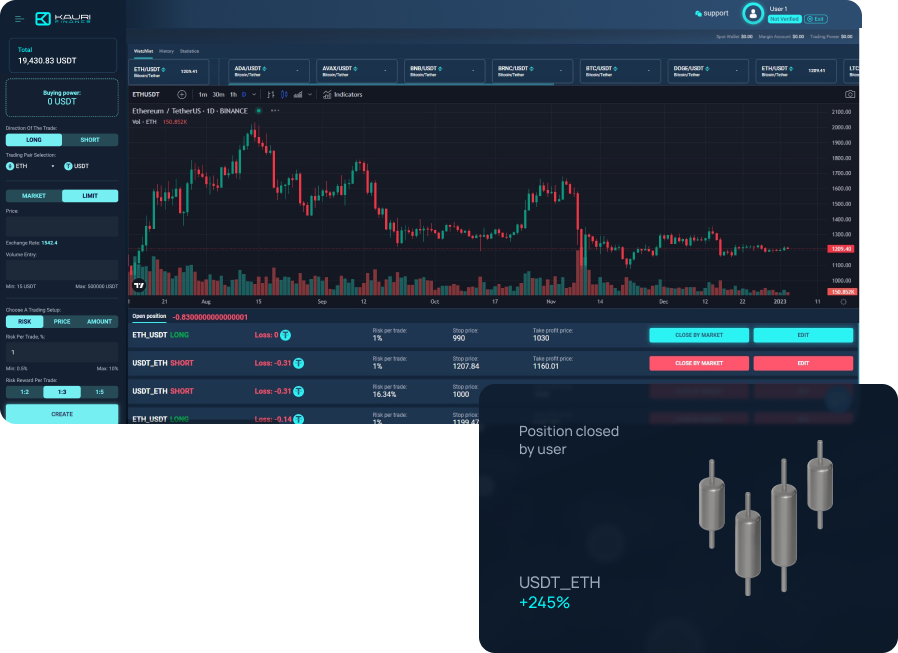
The Command Center: A Pro Workstation
A typical pro setup has at least four to six monitors, each with a specific job. Think of it as a cockpit. You’ve got screens for your main trading platform, a screen dedicated to a high-end financial terminal (the kind that costs over $20,000 a year for one subscription), another for advanced charting, one just for watching the tape and Level 2 data, and another for internal chat and news.
It’s all about speed and efficiency. And a huge part of that speed comes from hotkeys. Every pro has their essential shortcuts programmed. The most critical ones are usually:
- Buy at the Ask / Sell at the Bid: For instant, aggressive entries.
- Join the Bid / Join the Ask: For passive entries to get a better price.
- The Panic Button: CANCEL ALL: This one is a lifesaver. It cancels every single working order you have in the market instantly.
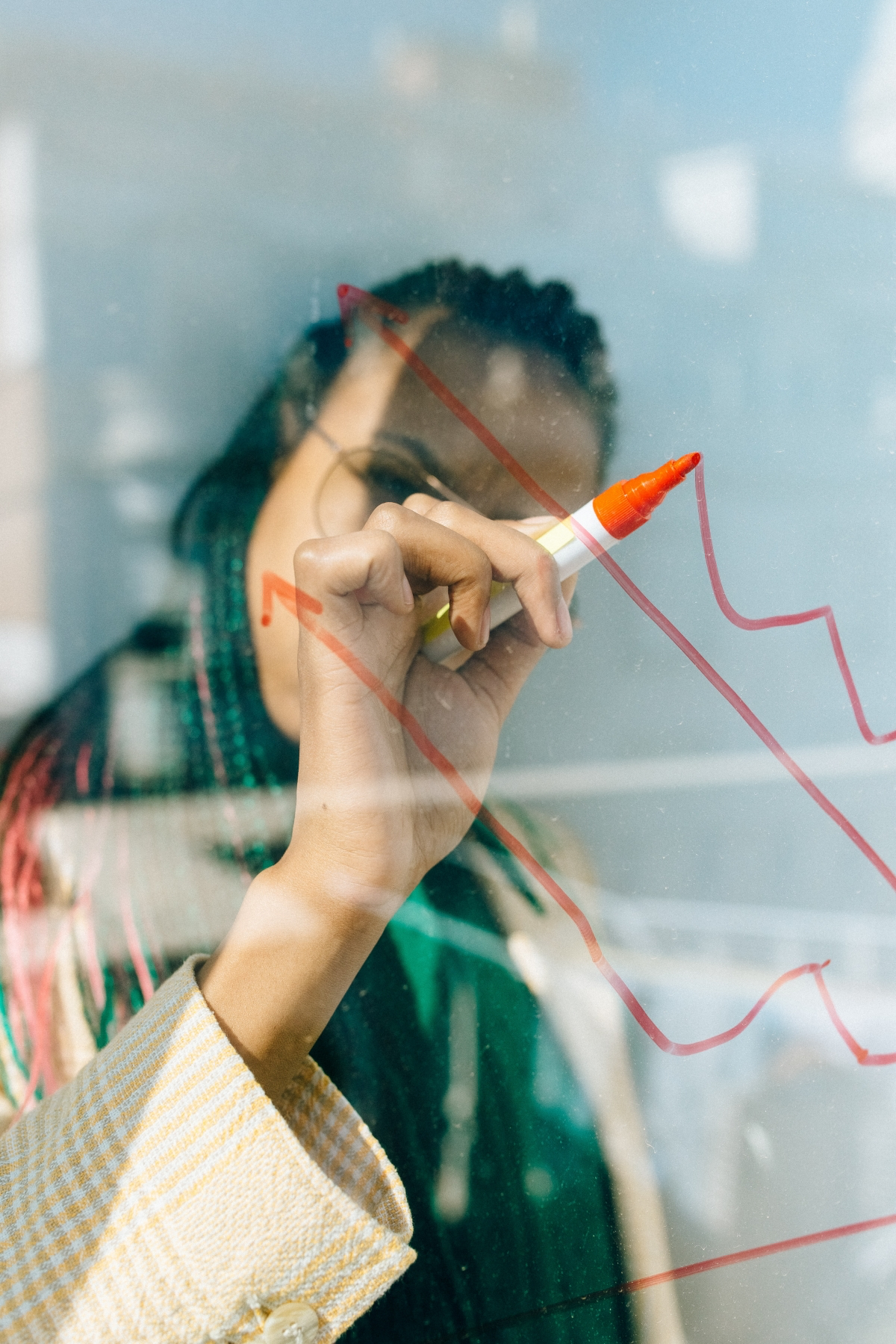
Building Your Own (Budget-Friendly) Command Center
Okay, so you can’t replicate that setup. But you can get surprisingly close in spirit. Let’s be realistic:
- Data Feeds: Instead of a direct exchange feed, you can get very good Level 2 data from most decent brokers, sometimes for free or for a small fee like $15-$30 a month. It’s a massive upgrade.
- Hardware: You don’t need a wall of monitors. Two or three well-organized screens are more than enough to be effective.
- News & Tools: Instead of a ridiculously expensive terminal, you can build a great toolkit. For news, something like Benzinga Pro can run you about $150/month. For charting, the pro version of TradingView is fantastic and costs around $15-$30/month. And for basic research, free tools like Finviz are a great starting point.
The Pre-Market Plan
The trading day starts hours before the opening bell. It begins with a morning meeting to discuss overnight market action and the day’s economic calendar. Then, traders build a watchlist of stocks that are moving in the pre-market due to news or earnings. They map out the key support and resistance levels for these stocks and for the market as a whole. By the time the market opens, the plan is already set. The half-hour before the open isn’t for finding new ideas; it’s for getting your head in the game.
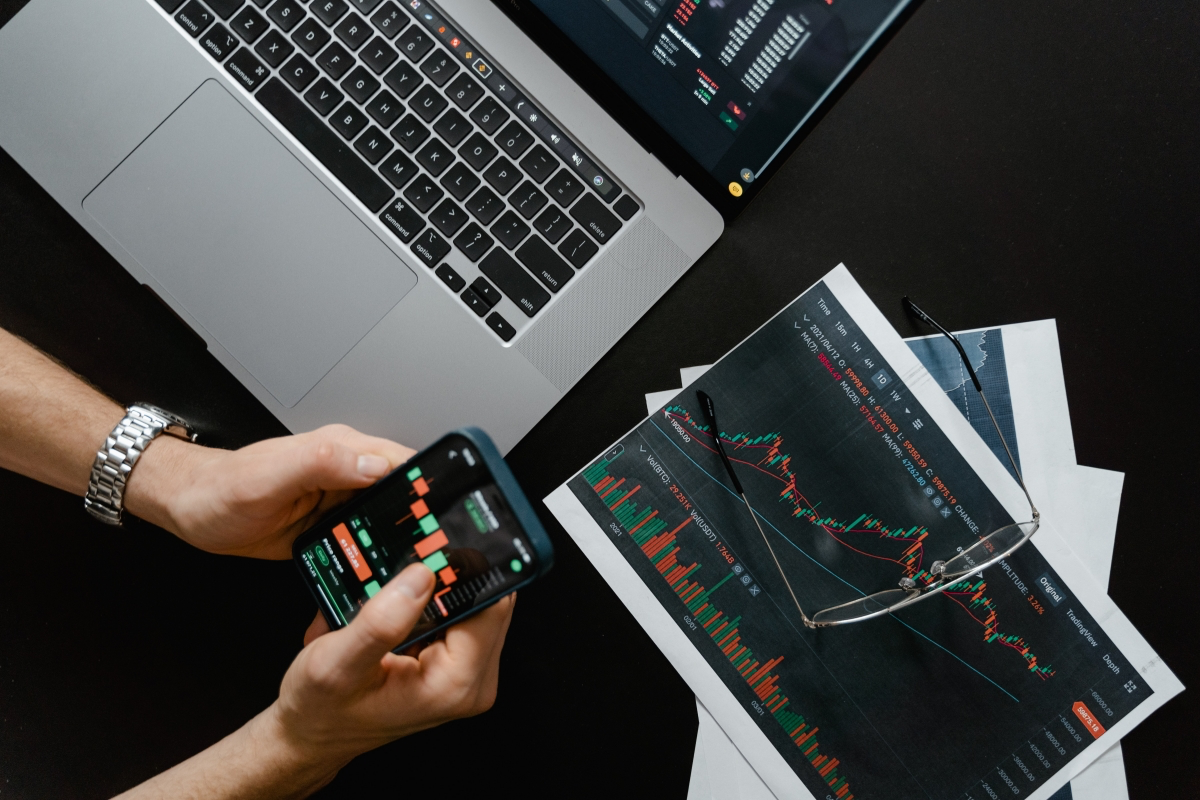
Hiding in Plain Sight: Advanced Order Types
Pros almost never just slam the market buy or sell button for a large order. That would send the price flying against them. They use special order types to get their business done quietly.
A common one is an Iceberg order. It breaks a huge order into tiny pieces. Only the small “tip” of the iceberg is visible on the order book at any one time, hiding the true size of your interest. Another type is a VWAP algorithm, which a large institution might use to buy a million shares of a stock. The algorithm spreads the purchases out across the day, buying more when volume is high and less when it’s low, so they don’t cause a massive price spike.
What You Can Actually Steal from the Pros
Let’s be honest. You can’t replicate the multi-million dollar infrastructure. But you absolutely can replicate the professional mindset and discipline, which is where the real money is made (and saved).
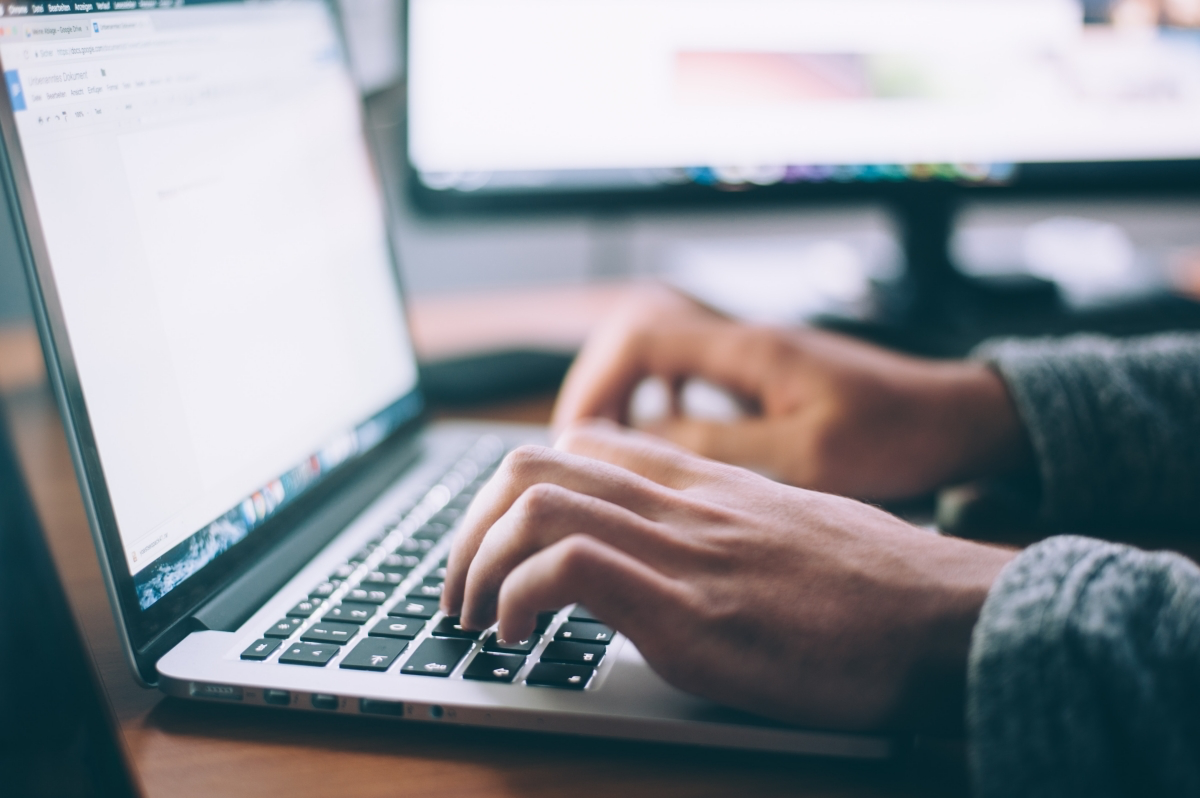
- A Professional Routine: You can do this! Wake up early. Read up on the market from reliable sources. Identify your key stocks and levels before the market opens. Make a plan before you risk a single dollar.
- Ironclad Risk Management: This is the single biggest separator. I once saw a junior trader, stubborn about a losing trade during a surprise news event, blow through his risk limits and lose more in five minutes than he made in a year. He was gone that same day. The pros live by the 1% Rule. It’s simple: never risk more than 1% of your account on one trade. If you have a $5,000 account, your max loss on any single idea is $50. Period. This keeps you in the game.
- Keep a Detailed Trade Journal: I’ve been guilty of getting sloppy with this myself, especially after a good winning streak. You feel invincible, you stop doing the little things, and that’s exactly when the market humbles you. Every good trader I know logs their trades. A simple template works wonders: Ticker | My Thesis (Why I’m entering) | Entry Price | Stop Loss (My ‘I’m wrong’ price) | Target Price | Exit Price | What I Learned. This is how you stop making the same dumb mistakes over and over.
- Become a Specialist: A pro desk has an energy trader, a tech trader, a bond trader. They are experts in their niche. As a retail trader, don’t try to trade everything that moves. Pick a handful of stocks or one sector and learn it inside and out. Know its personality.
Quick Challenge for You: Try this tomorrow. Don’t place a single trade. Just pick one stock you like and do the pre-market prep. Write down your key levels. Then, just watch how the stock behaves around those levels all day. This builds the muscle of planning before acting—the core of all professional trading.
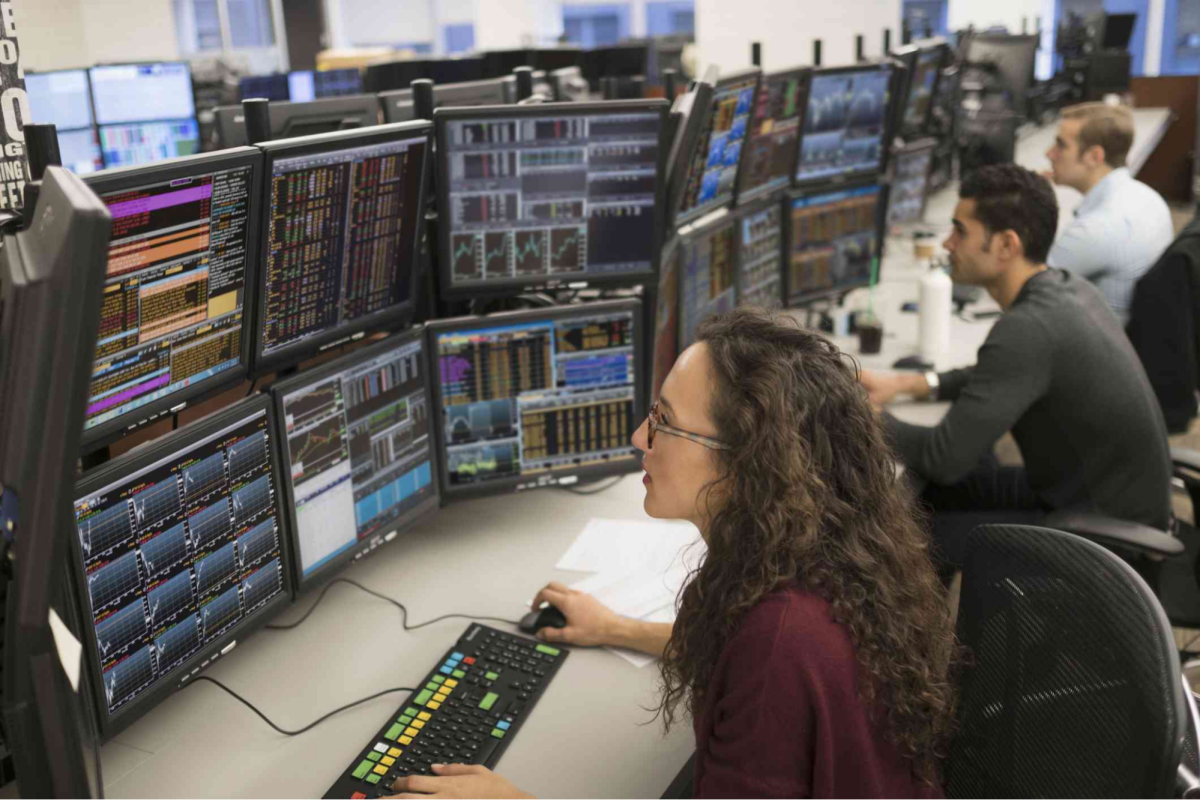
The Real Dangers They Don’t Talk About
Trading is a high-stakes job, and the risks go way beyond just money. Being honest about them is part of being a pro.
Leverage is a weapon. It amplifies gains, but it also amplifies losses with incredible speed. Without the strict risk controls of a firm, a retail trader using leverage can wipe out their entire account on a single bad decision. It happens all the time.
And then there’s the psychological toll. The mental stress is immense. You’re staring at a screen that is literally giving you a real-time score of your performance. It can lead to anxiety, burnout, and terrible decisions. The best traders I knew were the calmest. They had hobbies, exercised, and had a life outside the market. If trading is costing you sleep, it’s not worth it. No profit is worth your mental health.
Quick disclaimer: This is all for educational purposes, drawing from my personal experience. It’s not financial advice. Trading involves substantial risk and isn’t for everyone. Always chat with a qualified professional before making any investment decisions.
It’s the Process, Not the Tools
At the end of the day, a professional trading desk is a system. It’s a system for managing information, risk, and human psychology. The fancy tech provides an edge, for sure, but that edge is worthless without the discipline to use it correctly.
While you can’t get co-located servers or a six-figure data terminal at home, you can absolutely adopt the pro’s most valuable assets: a rigorous daily process, an unwavering commitment to risk management, and a relentless dedication to learning from your mistakes. The market is a brutal playing field. The traders who survive and thrive aren’t the most aggressive—they’re the most prepared.










